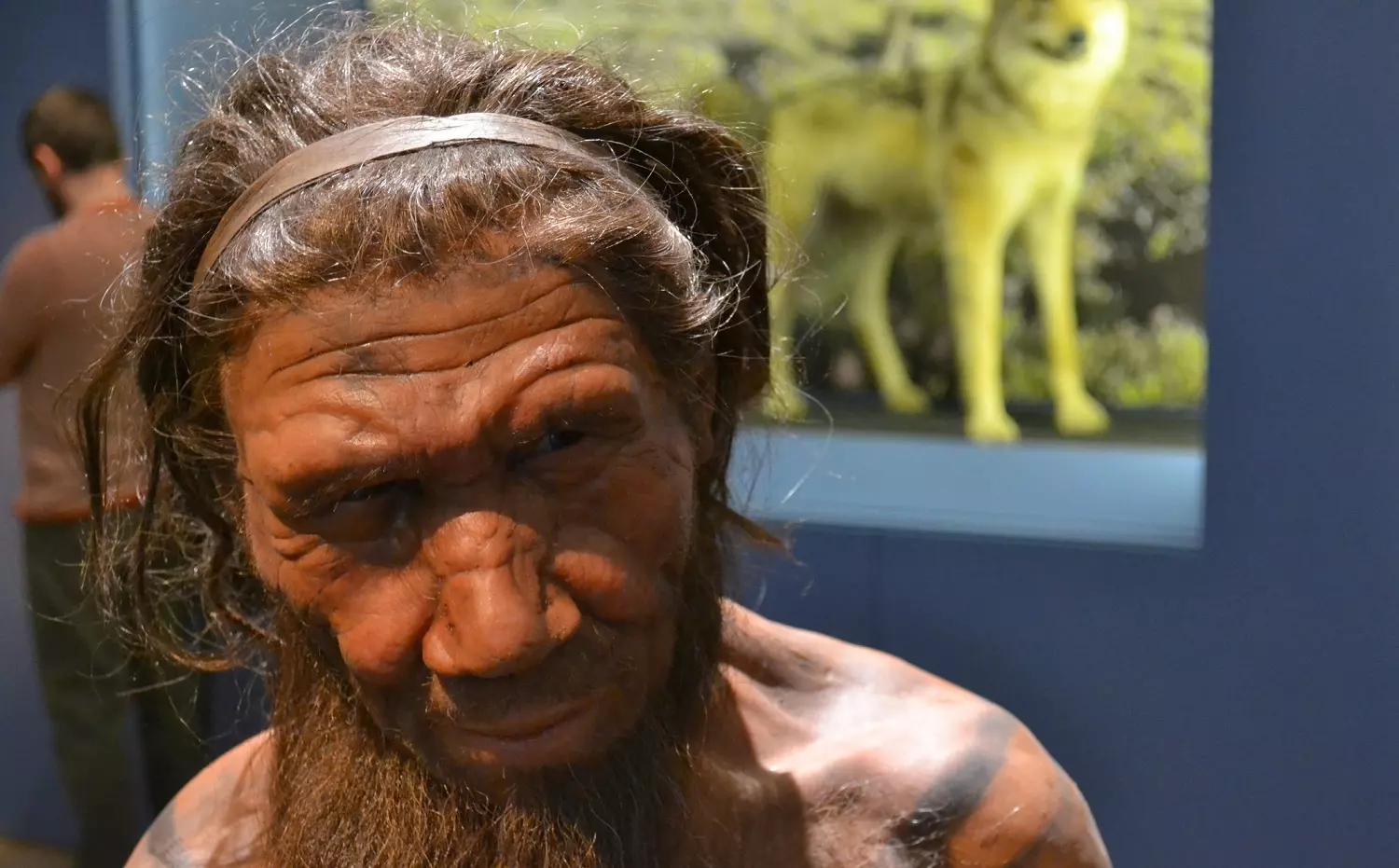[Originally published as the first part of To a theologian on the subject of hominins]
The following is an open letter to a theologian friend who recently asked how he might sort out his own views on fossil hominins. I thought this might be of interest to others, particularly theologians or pastors who have regular contact with those in the sciences, so here are my thoughts on the subject. Enjoy!
First of all, thanks for asking. I find too many theologically-trained individuals either disinterested in the many questions raised by fossil hominins or intimidated into a simplistic response. For those of us Christians working in the sciences, fossil hominins are among the most challenging issues that we might face. It’s always struck me as so very odd that the source of so much anxiety in believing scientists is shrugged off as uninteresting or unimportant by theologians who are supposed to be trained to help.
Your question is already a glimmer of hope. Now if only more theologians would ask such questions!
So you want to know about hominins? I couldn’t possibly give you a complete rundown on the science of paleoanthropology without teaching an entire course on the matter, but I think there’s at least one issue we should tackle before we begin:
What in the world is a hominin anyway?
From the evolutionary perspective, a “hominin” is any primate that’s more closely related to humans than chimpanzees. To put it in terms of a family tree, hominins diverged from the line that led to humans after chimps diverged. That might not mean much to you, but when we use the word hominin uncritically, we’re already conceding a huge part of the epistemic assessment of these fossils to the evolutionary perspective.
Obviously, if we don’t think humans and chimpanzees share a common ancestor, or if we think that should be an open question, we’ll need a different, more neutral definition of hominin that does not use the common ancestry of humans and chimpanzees as part of the definition.
Fortunately, there is such a definition readily available.
Hominins can also be thought of as primates that habitually walk upright on two legs.
Some might call this an “essentialist” definition of hominin, but that need not be so. We may merely choose to approach this definition pragmatically in terms of similarity.
Since all we know today are non-human great apes that walk on all fours (quadrupeds), it stands to reason that any evidence of habitual bipedalism (regularly walking on two legs) would evidence something different from living apes and more similar to living people. If we do not insist that the common characteristic of upright walking equals close common ancestry, we may simply speak of similarity without regard to the source of that similarity. Thus, when I speak of hominins, I’m referring to creatures that regularly walk upright on two legs.
Likewise with the term “human.” Sometimes I see headlines about “extinct humans,” that are very likely not human at all.
Among Christians, the default assumption seems to be that humans are Homo sapiens and that the search for Adam and Eve should focus on the origin of modern humans 150,000 years ago on the conventional time scale. These contradictory uses of “human” emphasize the confusion that arises from imprecise terminology.
For me, human merely refers to those people that descended from Adam and Eve, and I try to make the bare minimum of assumptions about what they might look or act like. I certainly would not want to equate human with some recent, scientific conception like species or the even more recent name Homo sapiens. Even the scientific term Homo sapiens is loaded with historical meaning. Did you know that Linnaeus initially shoehorned humans into four species based on the doctrine of the humors, and later when he put us mostly into Homo sapiens, he still maintained a separate species for tribes like the Khoikhoi?
So that’s my first big comment:
Be careful what you say and what you mean by what you say. Words matter, and they’re loaded with meaning. Don’t concede in the words you use the very question at hand.
That brings us to the big question on your mind:
What are they? Are they human? Are they not human? You asked me if we could boil this down to “hominins are human” vs. “hominins are not human.” I hate to say it, but it ain’t that easy. The answer is somewhere in the middle (some hominins are probably human and other hominins are probably not).
Let me walk you through what I think about the subject.
Extinct hominins from the fossil record include creatures that don’t look much like us and creatures that could readily pass without notice in a crowded airport if they wore modern clothes and a hat. The former group of “unlike us” hominins include things like Ardipithecus and the magnificent Little Foot skeleton, both with tiny heads, long arms, and opposable big toes. Neandertals, on the other hand, could go through airport security without much fuss. They do have skeletal differences, but they’re pretty minor.
So the question you really want to know is which hominins are human and which hominins are not? You can see right away that that’s a more complicated question.
To answer it, we’ll need to think about how we might identify humans from nonhumans if the nonhuman looks a lot like us (more so than a chimpanzee)? In doing that, we have to confess that sometimes we’ll be unsure.
If we think of humans as those people descended from Adam and Eve, it’s not entirely clear how we might identify that genealogical heritage from a skeleton. In some cases, we can pile up lots of different evidences that add up to an answer I’m pretty confident of, but in other cases, we might just have to be uncertain.
For example, I think the Neandertals offer a pretty clear test case. Neandertals are extremely similar to us anatomically and genetically. They also engaged in decidedly human behaviors, like making sophisticated tools, making fire to cook their food, and painting seashells to wear as decorative jewelry.
We’ve long thought that at least some of them buried their dead, and the skeleton known as Nandy (Shanidar 1) even hints that Neandertals cared for each other. Nandy’s skeleton shows a healed facial wound that probably left him blind in one eye, growths in the ear canals that probably left him mostly deaf, a right arm missing the hand (either by developmental abnormality or amputation), and a healed broken neck (at C5). Nandy lived a hard life, and it’s really difficult to imagine how he could have survived all his injuries without some care from his fellow Neandertals. Add to all of this the genetic evidence of interbreeding with the ancestors of us moderns, and I think we have a slam dunk case that Neandertals were human. That is to say, Neandertals were fellow descendants of Adam and Eve.
For other hominins, I think we have good reason to doubt their humanity. Most australopiths, for example, don’t seem to evidence advanced behaviors like burial of the dead or even the use of stone tools beyond smashing rocks together. Their anatomy is quite different from that of modern humans, so much that they almost seem more similar to chimpanzees if it weren’t for the evidence of walking upright.
Taken together, the whole of the evidence makes me skeptical that something like Australopithecus afarensis (Lucy) or the Little Foot skeleton were human beings. They were animals that looked a lot like us (compared to a gorilla or orangutan), but they were animals nonetheless.
To be continued…







